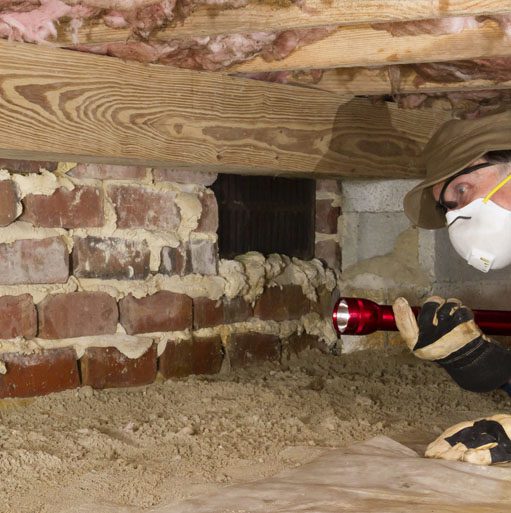Cracks above your windows, doors that are inexplicably sticking, and uneven floors can all be signs that something is deeply wrong with your home’s foundation. If you notice some of these symptoms your best option is likely to call an expert.
You may be tempted to ignore the issue or put off the inspection of your foundation, but the sooner that you know what the problem is, the more likely you will be able to fix it before more serious damage is done. Here are four common types of foundation repairs that could help reverse the damage being done to your home.
Moisture Barrier Installation to Stop Cracks
One common problem with foundations is damage that is caused by moisture. Water damage can be rectified in some cases by keeping the moisture from entering the home. Contractors usually use two different types of moisture blocking: blocking it on the inside so it can’t enter your basement and blocking it from the outside so it can’t access your foundation wall.
Blocking moisture from the outside should be your method of choice if you want to keep cracks from forming. A contractor can install waterproofing material around the outside of your foundation to keep moisture from accessing it.
Bracing or Anchoring a Foundation Wall
The worst kind of cracks in your foundation wall are the kind that move in a stair-step direction or horizontally and have one edge shifted significantly inward. If you discover these kinds of cracks, you may be able to get away with fairly basic repairs if you’re quick. Keep in mind that the more the wall shifts, the more expensive it will be to fix.
A wall that’s only slightly bulging or shifted inward may be fine with just basic bracing using strong carbon fiber material, which is a low-profile, lightweight material and about as low-key as you can get. Another option is anchoring, which involves placing anchors in the soil and connecting them to the wall so the wall will have something holding it back when moist soil expands and pushes the wall inward.
More serious cracks and shifting will need to be braced with steel supports, which can provide even stronger reinforcement than carbon fiber. Although, steel supports are more costly and tend to take longer to install.
Inserting Supporting Material Beneath the Foundation
Slab jacking, or mud jacking, is a somewhat more involved process than bracing although still not as expensive as piers. Instead of raising the foundation to install supporting structures, such as piers, slab jacking just pumps a slurry mixture, which hardens into a supporting material, under the foundation until enough material is under the foundation to raise it sufficiently.
This process can also use a polyurethane foam substance, in which case it will cost several times as much and provide a longer lifespan for the repaired foundation.
Installing Structures to Support the Foundation
Supporting structures, such as concrete pilings or hydraulic piers that lift the sinking foundation up, can provide a solution to a collapsing foundation, yet the use of pilings and piers is also one of the most intensely expensive options on the market today. The materials can cost thousands of dollars per pier, and piers are normally around 8-10 feet apart so you could need quite a lot for an average-sized house.
Part of the reason why installing piers beneath your house is so expensive is that a massive amount of excavation is needed before workers can even reach the area. Since concrete pilings and hydraulic piers are the most expensive options, try and catch any foundation problems early before they require such of intervention.
Not all foundation repairs are super-expensive and invasive. Getting an inspection done right away when you suspect an issue can help you get this incident behind you as quickly and inexpensively as possible.

